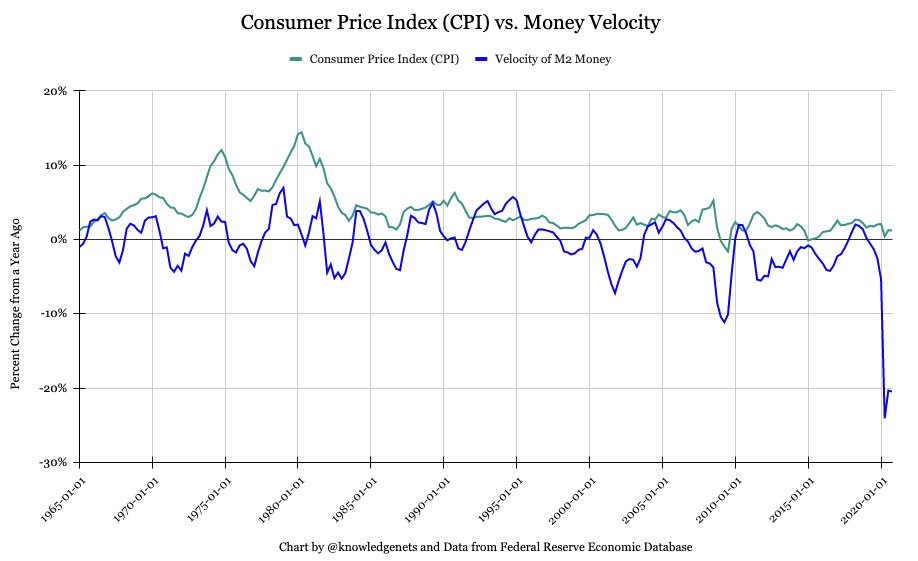
Last week, a fantastic episode on the Meb Faber Show with @verdadcap and @MebFaber highlighted several market observations and contrarian insights. 👏👏👏
#markets #smallcap #investing
Here is my summarized list of 20 highlights from the episode: 🧵💡👇
#markets #smallcap #investing
Here is my summarized list of 20 highlights from the episode: 🧵💡👇
1) Verdad’s core investment strategy remains focused on “private equity replication”, which primarily invests in public equities that are “small in size, cheap in valuations, and financially leveraged”.
Verdad grew its AUM from ~$50M in 2018 to ~$600M in AUM today.
Verdad grew its AUM from ~$50M in 2018 to ~$600M in AUM today.
2) Between the beginning of Q4 2018 and the end of Q1 2020, micro-cap value and small-cap value indices suffered one of the worst market environments in history.
3) Since companies that are classified as “small-cap value” often issue debt and are cyclical to the economy, small cap value stocks have a tendency to be sensitive to both GDP growth rates and high yield credit spreads.
4) Historically, in the couple of years after a post-crisis and post-recessionary period, small-cap value stocks tend to perform well as high yield bond spreads decrease and as the economy begins to recover.
5) The following chart displays an inverse relationship between a US Small-Cap Value ETF ( $IWN) versus the US High Yield Corporate Bond Credit Spread. For example, in both Q2 2007-Q1 2009 and in Q1 2020, spreads skyrocketed as IWN’s price fell. The chart is from Koyfin. 

6) The US High Yield Corporate Bond Credit Spread is a measure of lending, liquidity, financial market stress, and uncertainty in financial markets.
7) If corporate spreads are very wide, that implies that bond investors are currently not willing to buy high yield bonds without receiving a significant risk premium to compensate for the extra risk in high yield bond investing compared to investing in Treasuries.
8) If high yield bond spreads are high, this may imply less liquidity for high yield bonds.
If investors are nervous about buying the debt of non-investment-grade companies, then it’s likely that nervousness also exists for buying the stocks of non-investment-grade companies.
If investors are nervous about buying the debt of non-investment-grade companies, then it’s likely that nervousness also exists for buying the stocks of non-investment-grade companies.
9) As more investors seek to earn higher returns and seek to buy at lower prices (especially in a low interest rate environment), capital historically has a tendency to flow into small cap stocks, alternative investments, yield-seeking strategies, and other “risky assets”.
10) Rasmussen believes that capital deployment and capital calls in the private equity (PE) industry are typically pro-cyclical, not counter-cyclical.
11) Rasmussen sees lots of small-cap value investing opportunities in Japan.
12) "Investing regime changes" tend to occur near recessions and “reset moments”. Valuations matter.
13) The value of contrarian and differentiated thinking is that when you’re right, there’s often a positive asymmetry in returns as opposed to “following the herd” via a consensus approach.
14) Over the past decade, emerging market (EM) equity indices delivered lower returns with higher volatility compared to major US equity market indices.
Verdad recently published a research paper on EM equity indices and "crisis investing" at this link:
verdadcap.com/archive/a-stra…
Verdad recently published a research paper on EM equity indices and "crisis investing" at this link:
verdadcap.com/archive/a-stra…
15) Despite EM countries having higher GDP growth rates than US GDP growth rates over the past decade, higher EM GDP growth rates did not translate into higher EM equity market returns.
Rasmussen hypothesizes 2 reasons for this reality: wipeout effects and additional EM risks.
Rasmussen hypothesizes 2 reasons for this reality: wipeout effects and additional EM risks.
16) EM debt has actually outperformed EM equities over the past 30 years with half the volatility.
Additional research written by Verdad on EM investing can be found here: verdadcap.com/archive/a-stra…
Additional research written by Verdad on EM investing can be found here: verdadcap.com/archive/a-stra…
17) EM returns are impacted by fund flows and changes in sentiment.
18) Shiny & trendy topics in finance (often with acronyms) exist and capture the attention of both investors and the general public.
19) Examples of trending investing acronyms include "BRICS" for EM investing, "FAANG" for Big Tech companies, "SPACs" for investing in special purpose acquisition companies & their merger targets, and the "TINA Effect" for investing in yield-seeking assets and growth assets.
20) Negative bubbles are often very attractive buying opportunities.
Rasmussen defines a negative bubble as when an investment or asset is down by 50% or more. If an index is down over -50% without being fundamentally impaired, then it’s usually a great buying opportunity.
Rasmussen defines a negative bubble as when an investment or asset is down by 50% or more. If an index is down over -50% without being fundamentally impaired, then it’s usually a great buying opportunity.
Hope you enjoyed this summary from this episode with @verdadcap and @MebFaber! 😃
• • •
Missing some Tweet in this thread? You can try to
force a refresh



